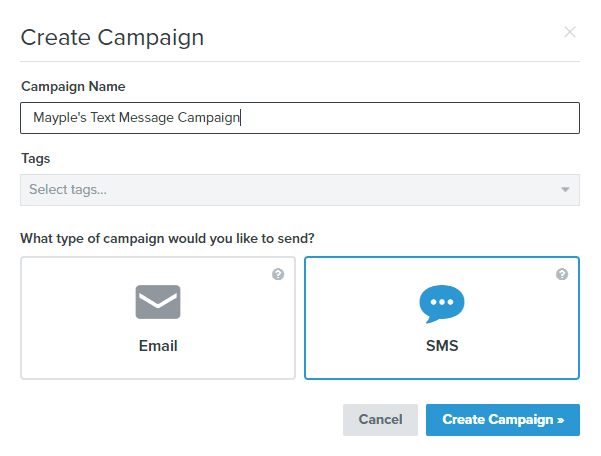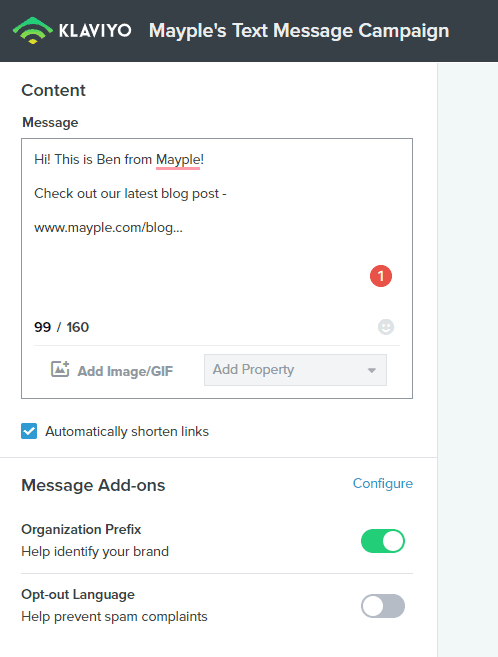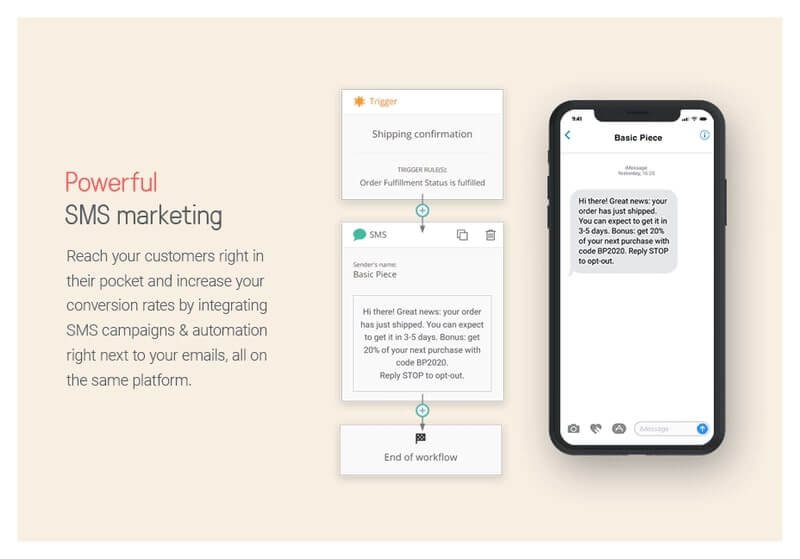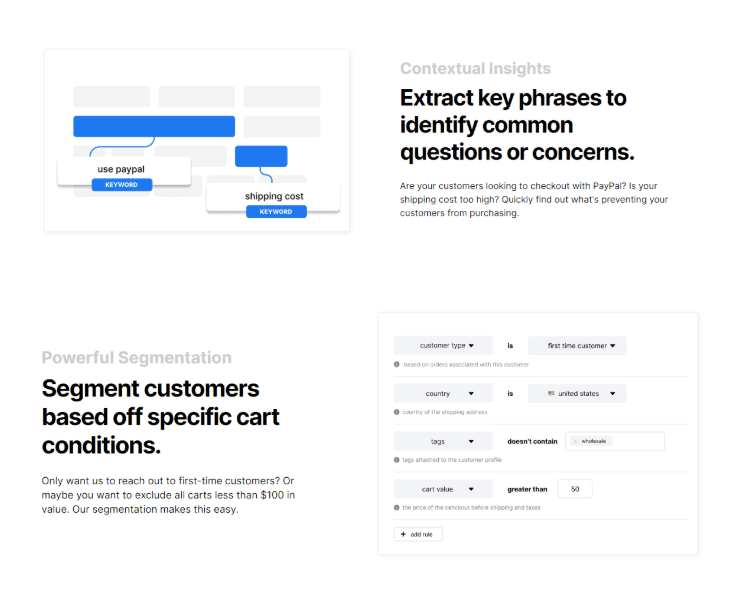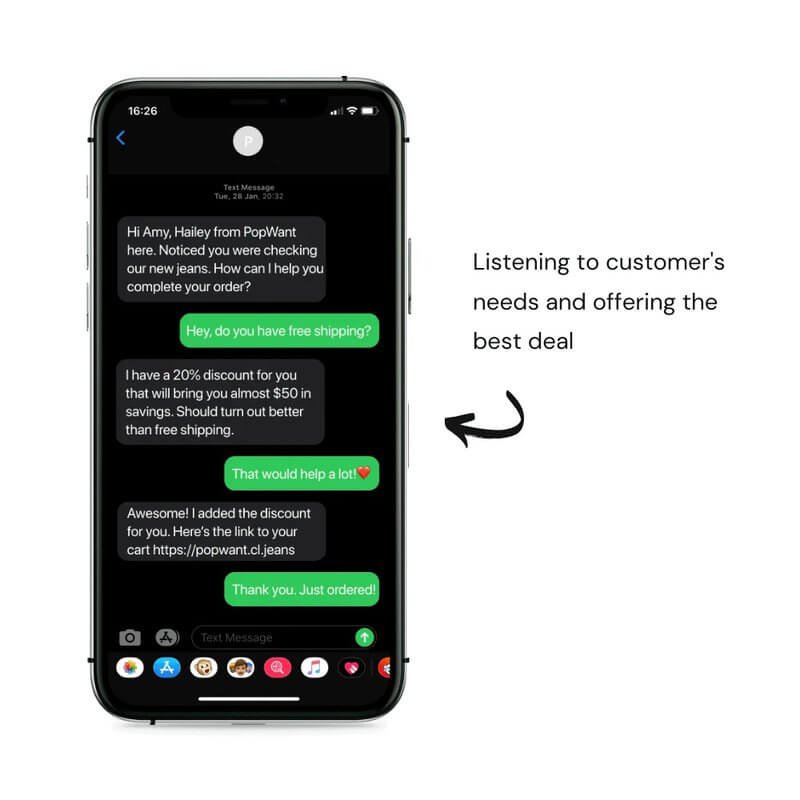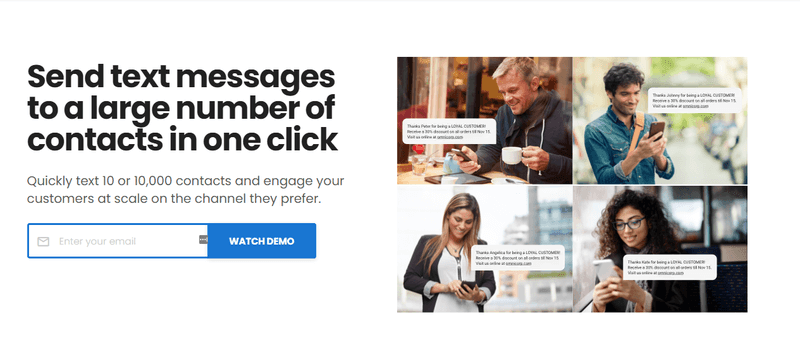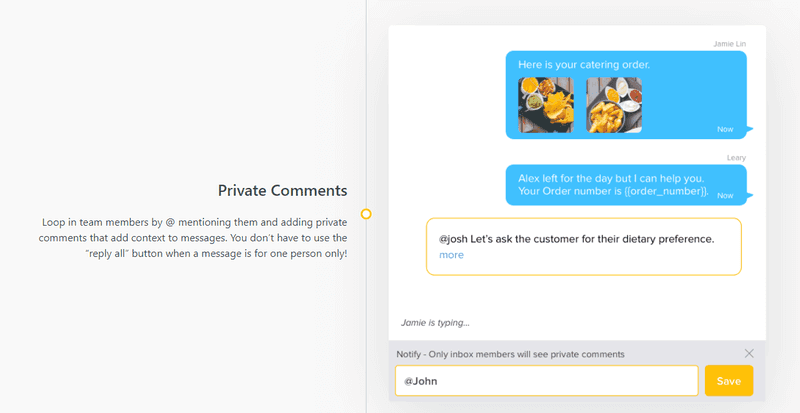Ecommerce SMS Marketing: Killer Strategies & Tools [2025]
Learn the top text message strategies for eCommerce brands including the tools, tips, and best practices that you need to implement.
Updated November 6, 2024.
![Ecommerce SMS Marketing: Killer Strategies & Tools [{year}] main image](https://entail.mayple.com/en-assets/mayple/61d2eaecc0646c4d836b0902_TextmessagesSMS_9e858991f96ea29248bd1ee2fda38b6a_2000-1699776075122.jpg)
How many times have you gotten a text message from one of your favorite brands? If your answer is none then you should get out more. Text messages are irresistible, we can’t help but open them.
And that’s what makes text messages such a super powerful marketing channel for eCommerce businesses.
The average open rates for text messages are around 98%.
It’s predicted that 48.7 million consumers have opted in to receive SMS messages from businesses (99Firms).
And SMS response rates are 295% higher than phone call response rates.
In this guide, we cover some of the top SMS marketing strategies and tools to help you grow your business.
Let’s dive in.
What is SMS marketing?
SMS Marketing is sending promotional campaigns or transactional messages for marketing purposes using text messages (SMS). These messages are mostly meant to communicate time-sensitive offers, updates, and alerts to people who have consented to receive them from your business.
How do you send out SMS messages?
If you are already using email software for your eCommerce store, chances are you might have the SMS features already built-in. For example, Klaviyo SMS marketing features cover everything you may need to create successful text message campaigns.
Here’s how you go about creating a text message campaign.
Step 1 - Create the campaign
Go to your Klaviyo dashboard and create a new campaign. Name it, choose the right tags, and choose SMS.
Then click on the button that says “Create Campaign”.
Step 2 - Select your recipients
Select the specific list that you want to send your text message campaign to.
Make sure that you’ve gathered their phone numbers in the checkout or through other marketing campaigns.
It could be that you have an extensive list of email subscribers, but none of them have a phone number. In that case, you would have to first collect that information and then create your conversational SMS campaign.
Step 3 - Write your text message
Here is where you would write the body of your message.
Step 4 - Check the settings and send
Next, check the settings and make sure that everything looks correct.
Make sure that the tracking is right, that you’ve selected the right list (see screenshot below), and that the cost looks right.
Different providers will charge you different rates per text, so it’s a good idea to shop around if you’re not set on using a specific tool.
When everything looks right, click to schedule or send your campaign.
Now that you know how to set up your SMS marketing campaign, let’s talk about the different ways that you can grow your list of SMS subscribers.
SMS marketing strategy
Before you send any text message campaigns, you need to have a list of subscribers.
With eCommerce, it’s easier to do than with other businesses because your customers actually want (and expect) to hear from you after the purchase.
Once you create a way for your customers to opt-in to receive text messages from you (either through checkout or a popup) then you’re ready to develop an SMS strategy that makes sense.
Now, remember, your SMS strategy will be that much more powerful if you combine it with other channels like UGC, push notifications, email marketing campaigns, and chatbots.
Your SMS strategy needs to be a part of a cohesive omnichannel marketing strategy for your business.
Let’s dive in.
Strategy 1: Automate customer communication with SMS
Before you send any automated text message campaigns, you need to have a list of subscribers.
With eCommerce, it’s easier to do than with other businesses because your customers actually want (and expect) to hear from you after the purchase.
Customers expect to get:
- An order confirmation
- A shipping notification with a tracking number
- A delivery notification
- A reminder to leave a review 2-3 weeks after purchase
These are the standard touchpoints for any eCommerce store and customers love to receive these on their mobile phones, like notifications or text messages.
So you should ask for the customer’s phone number during checkout and explain what you will be using it for (the above-mentioned touchpoints).
Here’s an example of an SMS shipping confirmation from Omnisend:
Strategy 2: Launch a referral program
Another great way to get phone numbers is by launching a referral program.
A great example is Robinhood’s referral program, where they offer their users a chance to win a free stock if they refer their friends.
Robinhood’s robust and enticing mobile referral program is certainly one of the reasons the company has grown to be valued at $11.2B in only 7 years after its founding in 2013.
Strategy 3: Launch an SMS giveaway
Another great way to grow your SMS list is by running a giveaway.
You could post about it on your various social media channels, offering people to enter the giveaway by sending you a text message (using an SMS short code), or by putting in their number on your landing page.
A great example of this is a text giveaway that Chipotle launched back in 2014. The brand has seen a TON of success with SMS marketing since then, and it continues to be a successful marketing channel for them.
Strategy 4: SMS cart abandonment
Another great way to decrease cart abandonment is SMS marketing. When a user abandons their cart and you have their phone number on file you can send them a personalized text message offering a discount or a special offer.
One incredible tool that is bringing this to the next level is LiveRecover. It’s an eCommerce app that actually has live sales agents that interact with your customer on your behalf after they respond to a cart abandonment text.
So literally, when a customer abandons their cart, they get an automated text message from LiveRecover asking them if there’s anything they could do. If the customer responds to this message they begin a conversation with a live person that can answer their questions and offer them a discount on the spot.
This is like building an army of salespeople for the price of a few cups of coffee.
What’s even more powerful are their robust eCommerce customer segmentation features and contextual insights. They can extract specific phrases from your customer’s texts to identify common questions or concerns and segment your customers based on specific cart conditions.
Top SMS Marketing Software
There are a ton of software and tools that you could use for SMS marketing for your eCommerce store.
Here are a few of our favorite SMS tools.
Tatango
This is a great platform for the beginner as well as an experienced marketer. It has a variety of features including messaging, workflows, subscriber analytics, SMS automation, and a great API if you really need something advanced.
Klaviyo
Klaviyo is by far the most popular email marketing tool for eCommerce. It has a great SMS feature that lets you send text message campaigns. And the great part is that you have all of your SMS + email marketing in one place.
Not sure where to get started with this tool? Here’s a guide on how to use Klaviyo successfully. And if you’re undecided between Klaviyo and Drip, here’s an accurate comparison of Klaviyo vs. Drip.
Want to learn how to integrate Klaviyo with Shopify? Nothing easier, it’s a matter of a couple of clicks. Or maybe you want to hire a Klaviyo agency or Klaviyo specialist to help you out? Let’s chat and we’ll match you with vetted experts in a matter of days.
Avochato
This is a great tool if you don’t want to pay per text. They charge you a flat monthly rate for a certain number of texts that you want to send. They also have a great live chat feature, a shared inbox, templates, and a slack integration.
Cartloop
This isn’t just another SMS tool. With Cartloop, you can set up an automated SMS cart abandonment flow, and once the client responds the team at Cartloop takes over and you get a live team of agents to service your customer, solve their problem and get another sale. It’s pure genius.
BirdEye
This is a marketing platform that includes not only text messaging but also other chat solutions (web, video, etc.). It’s more geared towards enterprise business.
HeyMarket
HeyMarket is a great affordable tool for all teams large and small. They have some unique features that allow customer service teams to better respond and tag customers.
Recap
And that wraps up our guide on SMS Marketing. As always, if you need any help getting started or want to work with a vetted marketing expert, don’t hesitate to reach out!
